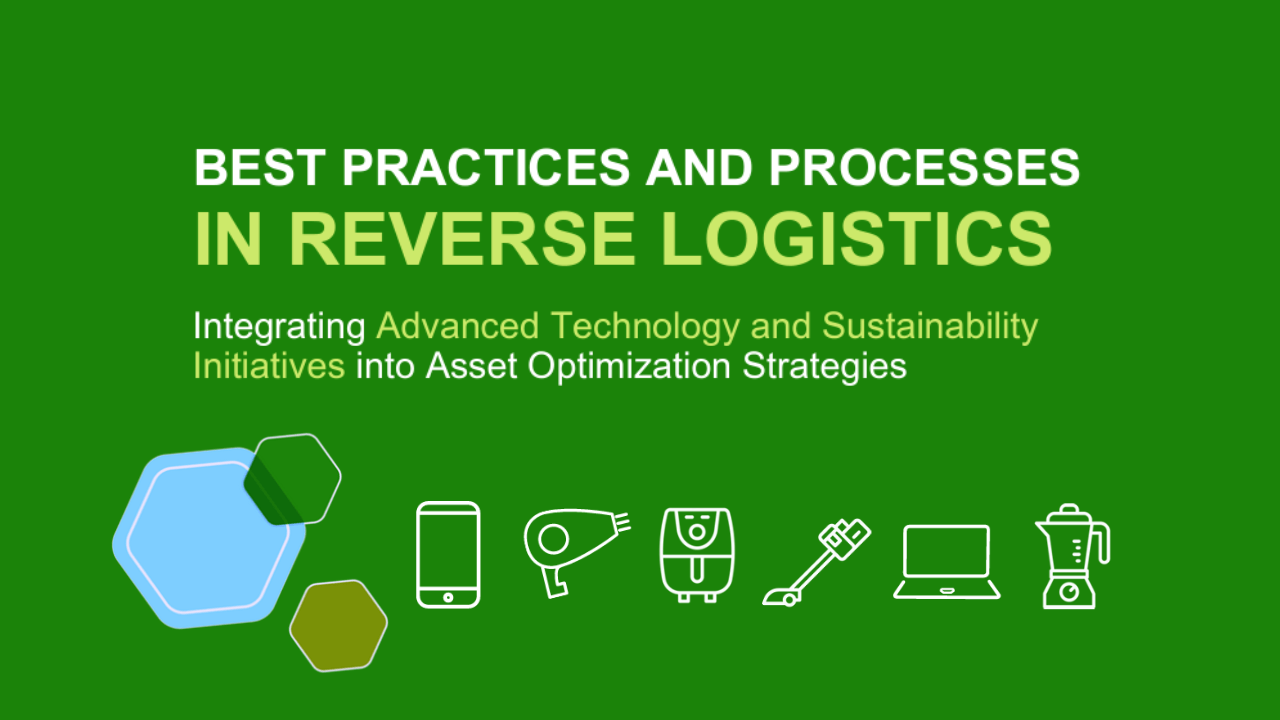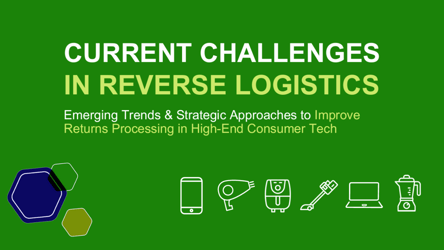Are you looking to make changes to your reverse logistics approaches to integrate advanced technology and sustainability initiatives?
Ingram Micro Lifecycle works with OEMs, retailers, network operators, and insurers around the world on reverse logistics programs. We provide a full end-to-end solution that extends the lifecycle of technology and electronics to enable a circular economy.
We conducted an industry survey, “Reverse Logistics & Recommerce Revolution: High-End Consumer Tech & Circular Economy in Europe”. As a result, we put together one full report, as well as breaking the findings down into smaller topics.
The article below highlights key areas of importance for integrating advanced technology and robust sustainability initiatives. At the end of the piece, you can get a copy of the free mini report that contains full detail of these insights to download and read.
Embracing technology and sustainability
The transformation of reverse logistics is marked by integrating advanced technology and robust sustainability initiatives, moving beyond traditional cost and repair models to strategic asset optimization.
The expansive role of technology
- Beyond repairs
- Asset monetization
- Customer experience management
- And more
Innovative practices for sustainability
- Transparent value articulation
- Market development for refurbished goods
- Sustainable brand image
- And more
Get your copy
Our mini report outlines much more detail so be sure to grab your FREE copy of this industry insights report.
Related reports:











